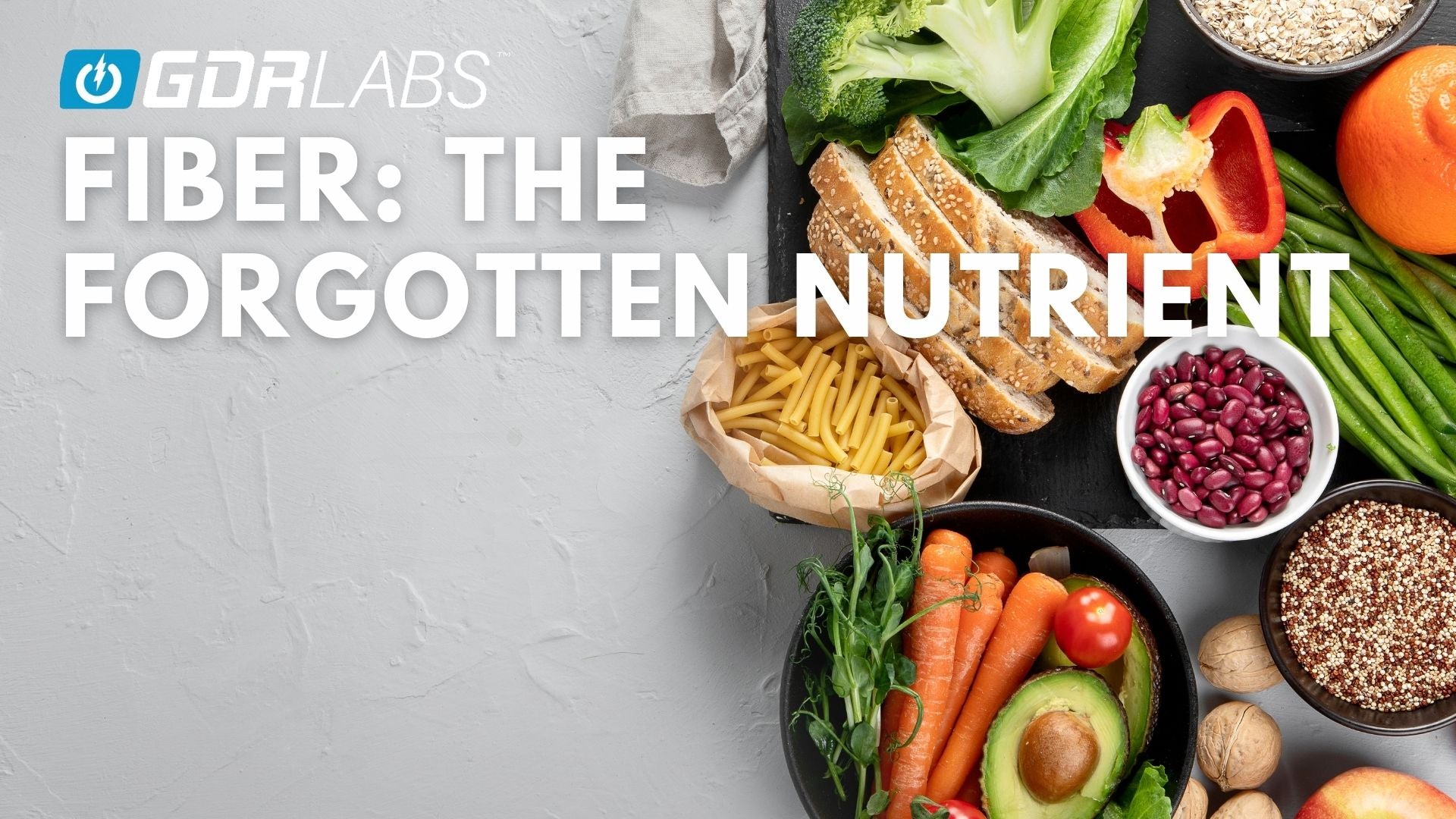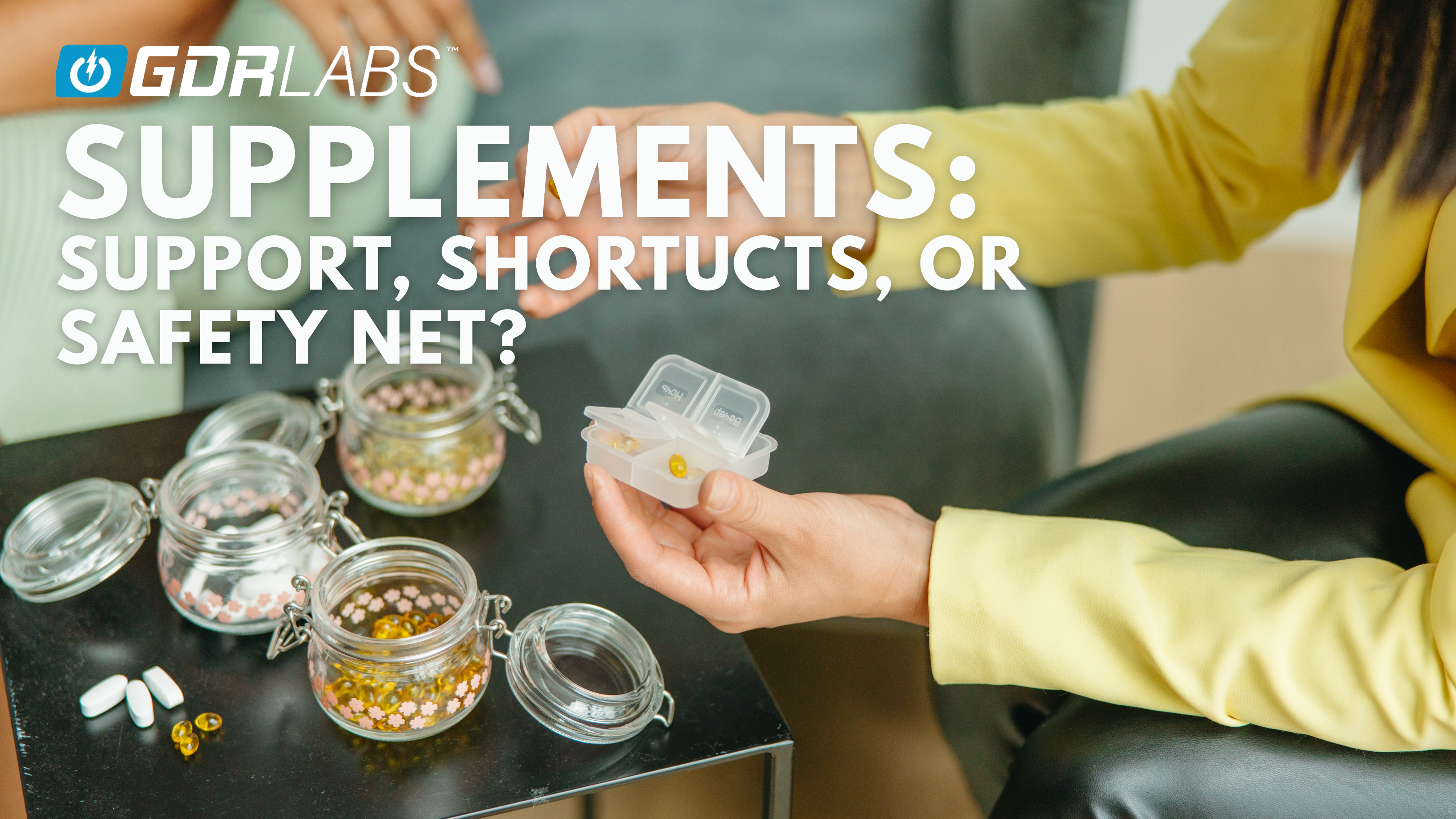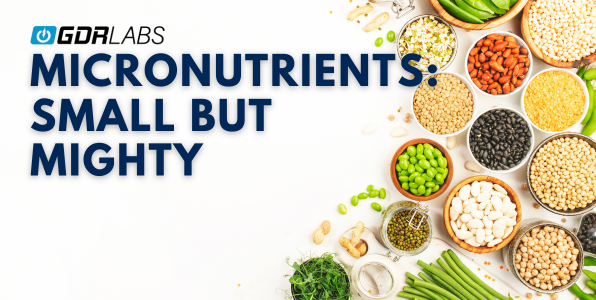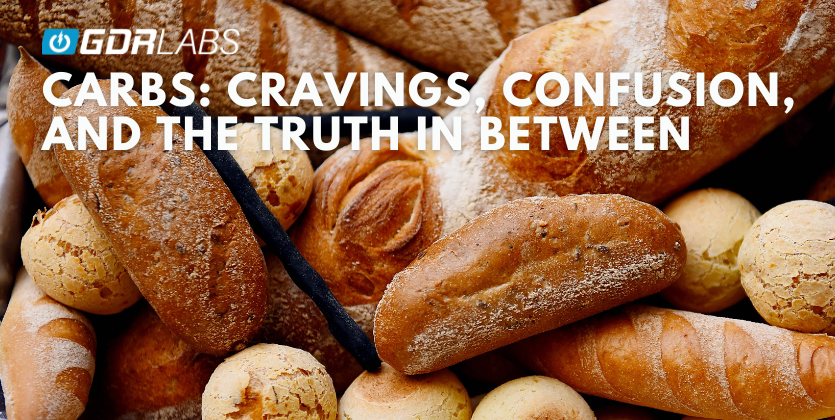Vitamin B3 (Niacin): The Energy-Boosting, Heart-Healthy Essential You Need... And Not From A Multi!

Vitamin B3, also known as niacin, is an absolute powerhouse nutrient thathelps transform food into energy, has been shown to support healthy skin and nerves, and plays a crucial role in heart health. While supplements exist(obviously, B complexes are EVERYWHERE), naturally getting niacin from whole foods is the gold standard — whole foods deliver better absorption and many other healthful nutrients.
So, What Does Vitamin B3 Do?
Niacin is an essential part of the B-vitamin family. Like most B-vitamins, itworks hard behind the scenes to:
• Convert food into usable energy
• Support a healthy digestive system and nervous system
• Promote healthy skin
• Help manage cholesterol levels
A vitamin B3 deficiency can lead to pellagra, a condition that causes skin problems, digestive issues, and mental symptoms, like confusion. However, getting enough niacin through food is simple and can be highly satisfying for most people!
How Much Niacin Do I Actually Need?
Here’s a quick breakdown of the Recommended Dietary Allowance (RDA) for niacin:
• Men: 16 mg/day
• Women: 14 mg/day
• Pregnant women: 18 mg/day
• Breastfeeding women: 17 mg/day
Niacin is water-soluble, so your body doesn’t store it long-term. So, a steady daily intake is crucial to keep your energy and health on track.
Why Are Natural Sources Best?
Supplements are meant to do just that, supplement. They can fill gaps when needed, but food-based riboflavin has added benefits, such as fiber, protein, and other synergistic nutrients that support digestion, immune health, and energy levels.
Natural sources of vitamin B2 also reduce the risk of getting too much, which can occasionally happen with synthetic supplementation. However, at present, there is little to no concern over toxicity with this nutrient, as no adverse effects have been shown.
What Are The Best Whole Food Sources For B3?
Natural food sources of niacin don’t just offer this vital vitamin — like many other naturally occurring vitamins we’ve covered in this series, they can also provide excellent macro and micronutrients like protein, fiber, antioxidants, and other compounds that support total, overall health. These whole foods work harmoniously to ensure niacin is well absorbed and put to work efficiently in your body by targeting the areas that need it most.
Here Are Some Niacin-Rich Foods to Add to Your Plate:
Let’s talk turkey, or chicken, well... you get the point, regarding some top food sources of niacin (Vitamin B3) and how much they deliver per serving:
• Chicken breast (3 oz): 10.3 mg
• Tuna (canned in water) (3 oz): 11.3 mg
• Salmon (3 oz): 8.5 mg
• Turkey (3 oz): 9.3 mg
• Beef liver (3 oz): 14.9 mg
• Brown rice (1 cup, cooked): 5.2 mg
• Peanuts (1 oz): 3.8 mg
• Whole wheat bread (1 slice): 1.4 mg
• Mushrooms (1 cup, cooked): 3.5 mg
Our Final Thoughts: A Naturally Sourced Boost for Your Body and Mind
A varied, balanced diet makes it easy to meet your daily needs for niacin and keep your energy levels, skin, and heart healthy. This is why we createdthis series: to highlight the concept of multi-nutrient whole foods. By focusing on natural food sources, you invest in your long-term well-being and enjoy delicious, nutrient-rich meals, while building skills and habits thatcan last a lifetime with quality as the focus!
Stay tuned as we round out the B vitamins and start working on... You guessed it, Vitamin C! Our next post will get us halfway there and focus on a lesser-known one, Vitamin B5, or Pantothenic Acid. See you soon, and thanks for reading!





